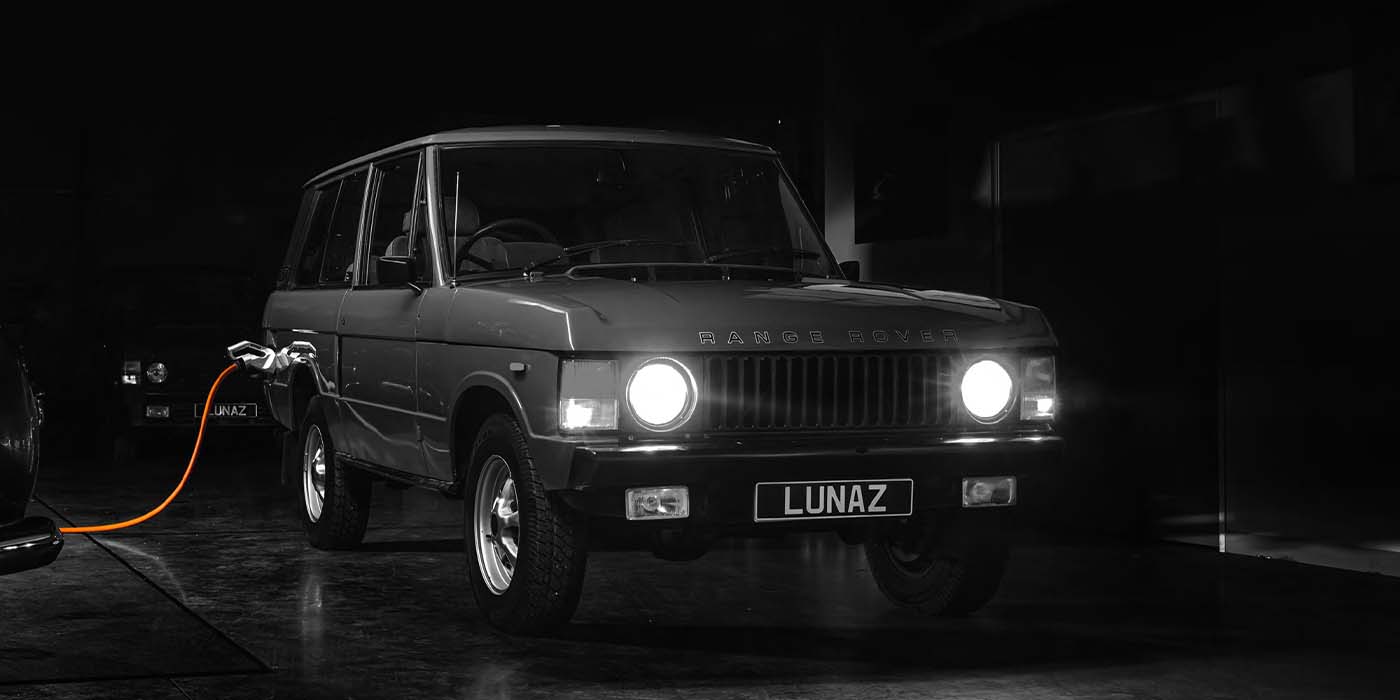
Lunaz Design, a firm that restores and electrifies classic cars using proprietary powertrain technology has commenced production of two different all-electric conversions of classic Range Rovers. According to the company, it is expanding its staff to meet the demand of the electrified Range Rovers, which now account for nearly 50% of its EV production.
Lunaz Design is an electric conversion specialist founded in 2018 and headquartered in Silverstone, England. This is also where the company engineers and manufactures its own electric powertrain technology that was purposefully designed with the modularity to be implemented across a wide range of classic cars, reviving them for an all-electric age.
Its current lineup of electric conversions, in addition to the aforementioned Range Rovers, includes the Aston Martin DB6, Jaguar XK, and an all-electric Rolls-Royce Phantom. These conversions begin with a full restoration from the ground up, reconfiguring each combustion vehicle’s chassis to support electrification while still maintaining ideal weight distribution and suspension to “ensure technical perfection,” as managing director Jon Hilton puts it.
Inside each converted EV, Lunaz’s in-house design team upcycles and restores the vehicle’s textiles and trim while integrating modern-day conveniences like satellite telecommunications, Wi-Fi, infotainment, and navigation.
In 2021, Lunaz announced it would be offering electric versions of the classic Range Rovers and began taking orders. Initial demand was so tremendous that commissions of these conversions now make up 45% of the company’s production schedule. Today, the company has announced that electric Range Rover production is now underway overseas, with the help of a bunch of new employees.
Lunaz hires 250 people to help build Electric Range Rovers
The company shared news of its newly expanded workforce alongside the electric Range Rover production announcement in a press release today, sharing design details of both available versions: the “Town” (above) and the “Country” (below).
Lunaz explains that the Town builds of the electric Range Rovers focus on traditional rear seats and driver comfort, while the Country builds are engineered for better off-road capabilities and can be equipped with features like rear bench seats. Orders are balanced 70/30 respectively and both come available in a “Safari model.” Lunaz CEO David Lorenz spoke to the start of electric conversions of the Range Rovers and the company’s expanded staff to meet booming EV demand:
The dramatic surge in demand for clean-air classic Range Rovers is significant proof of concept for Lunaz Design. The market has confirmed that re-engineering, electrifying and upcycling the most significant cars in the world will secure their relevance for generations to come. To satisfy this demand, we have recruited 250 experts to join us at Lunaz headquarters in Silvertsone, England – the largest upcycling campus in the world. With our Range Rovers by Lunaz, and through significant vehicles such as the extraordinary Town and Country commissions, we will continue to set a new benchmark of excellence in classic car design, engineering and craftsmanship as well as the discipline and culture of upcycling.
After the combustion components are removed from each of the classic Range Rover’s chassis, Lunaz will implement an AWD electric powertrain that can deliver about 360 bhp and 450 lb-ft of torque. According to its designers, that’s about 177% more power than the original V8 engine.
Lunaz Design states that each electric conversion of the Range Rover takes 30,000 hours to complete, part of the reason why each build has a starting price of £245,000 ($285,600). The company states it is working on acquiring a new group of classic Range Rovers to convert to electric powertrains and expects to begin first customers deliveries in Q2 of 2023.
FTC: We use income earning auto affiliate links. More.

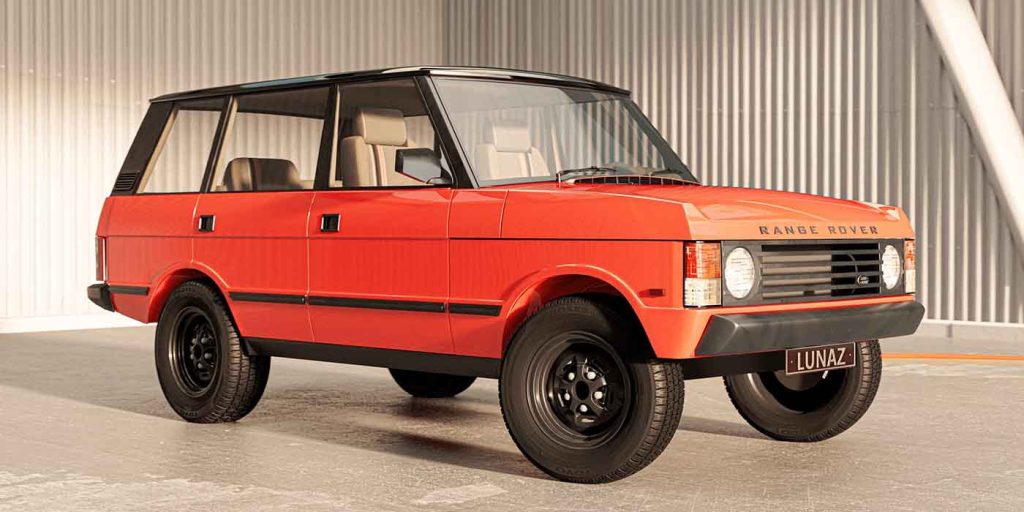

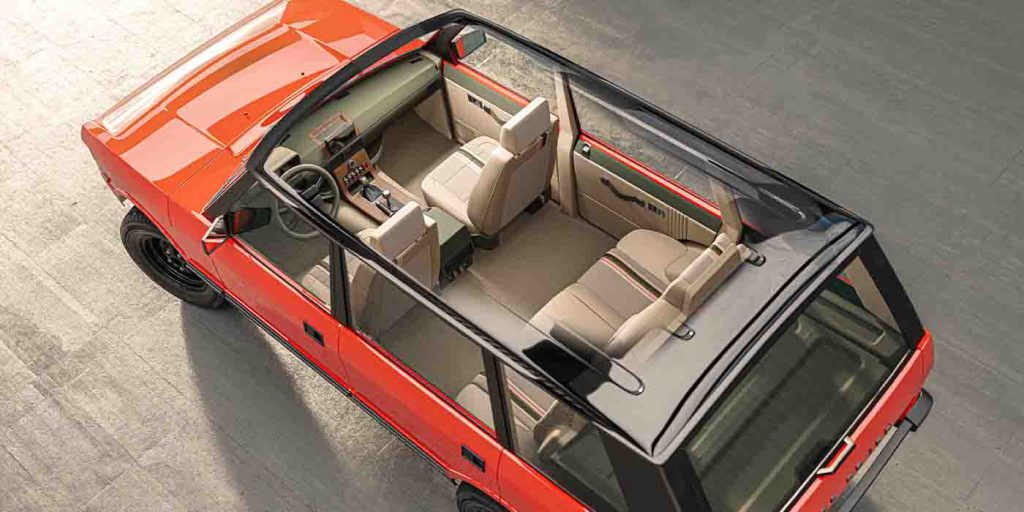
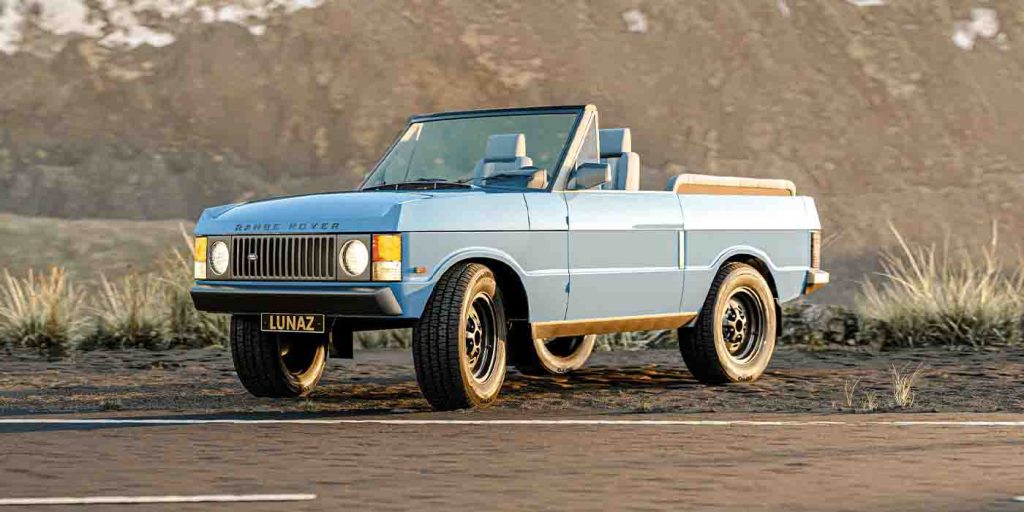
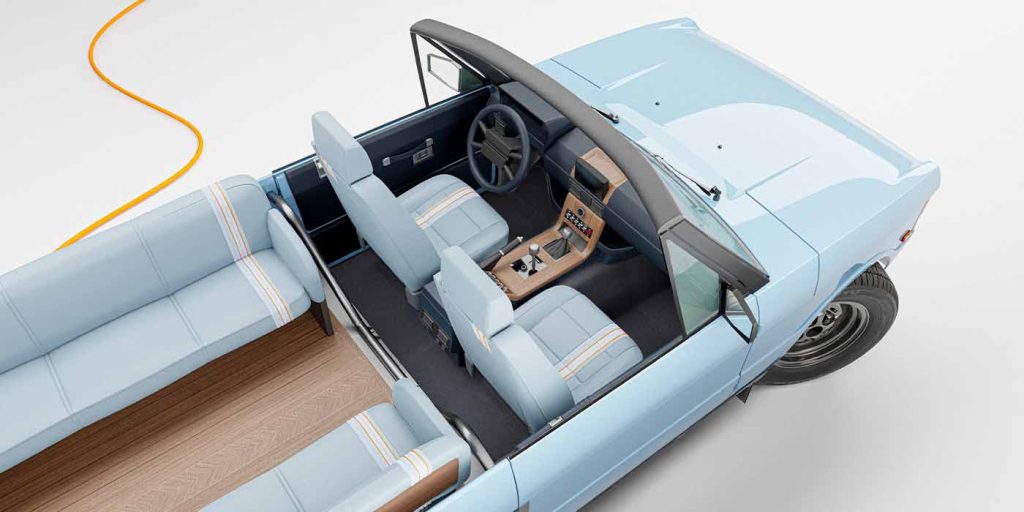
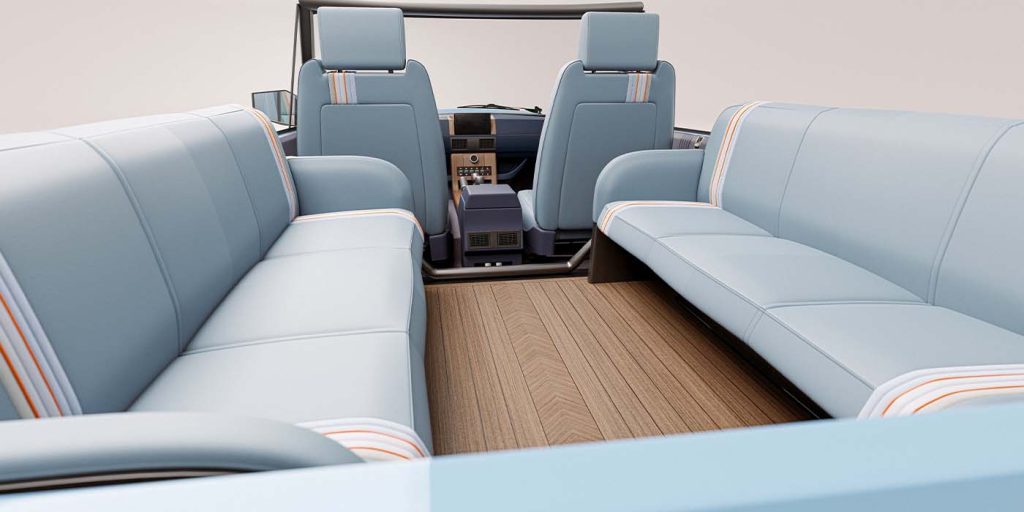



Comments